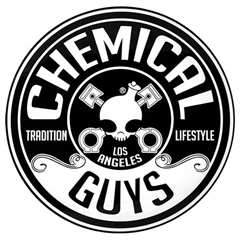The use of tin boxes for preservation involves a combination of scientific principles and material properties that help protect the contents from various factors that can lead to deterioration. Here’s a breakdown of the science behind tin box preservation:
- Material Properties: Tin boxes are typically made from tinplate, which is steel coated with a thin layer of tin. Tin is corrosion-resistant, making it ideal for preserving the contents of the box. It forms a protective oxide layer that prevents the underlying metal from reacting with oxygen and moisture, thus reducing the risk of rust.
- Barrier Properties: Tin boxes provide a barrier against light, air, and moisture. Light exposure can degrade certain products, such as spices or teas, by breaking down their essential oils and flavors. Air and moisture can also lead to the growth of microorganisms, spoilage, and loss of product quality.
- Airtight Seals: Many tin boxes feature airtight seals, which further prevent the entry of air and moisture. This is crucial for preserving the freshness of food items, preventing oxidation, and maintaining the intended qualities of the contents.
- Light Protection: Tin boxes block out light, which can lead to the degradation of certain compounds through photochemical reactions. This is especially important for items like teas, spices, and other products sensitive to light exposure.
- Durability: The robust nature of tinplate makes tin boxes sturdy and durable. They can withstand mechanical stress, temperature fluctuations, and other environmental factors, ensuring the preservation of their contents even in challenging conditions.
- Inertness: Tin is considered chemically inert, meaning it doesn’t readily react with a wide range of substances. This property prevents any unwanted interactions between the tin box and its contents, ensuring that the flavor, aroma, and quality of the preserved items are maintained.
- Protection from Odors: Tin boxes can help prevent the transfer of odors from one item to another. This is particularly important when storing aromatic products, as it ensures that the distinct scents of different items do not mix or contaminate each other.
- Recyclability: Tin is a highly recyclable material, contributing to its eco-friendly nature. This aligns with sustainable preservation practices by reducing the environmental impact associated with packaging materials.
In summary, the science behind tin box preservation revolves around the material properties of tin and the design features of the boxes. These aspects collectively create a protective environment that shields the contents from factors like light, air, moisture, and contamination. As a result, tin boxes serve as effective containers for preserving a wide range of items, from food to valuable possessions.

































